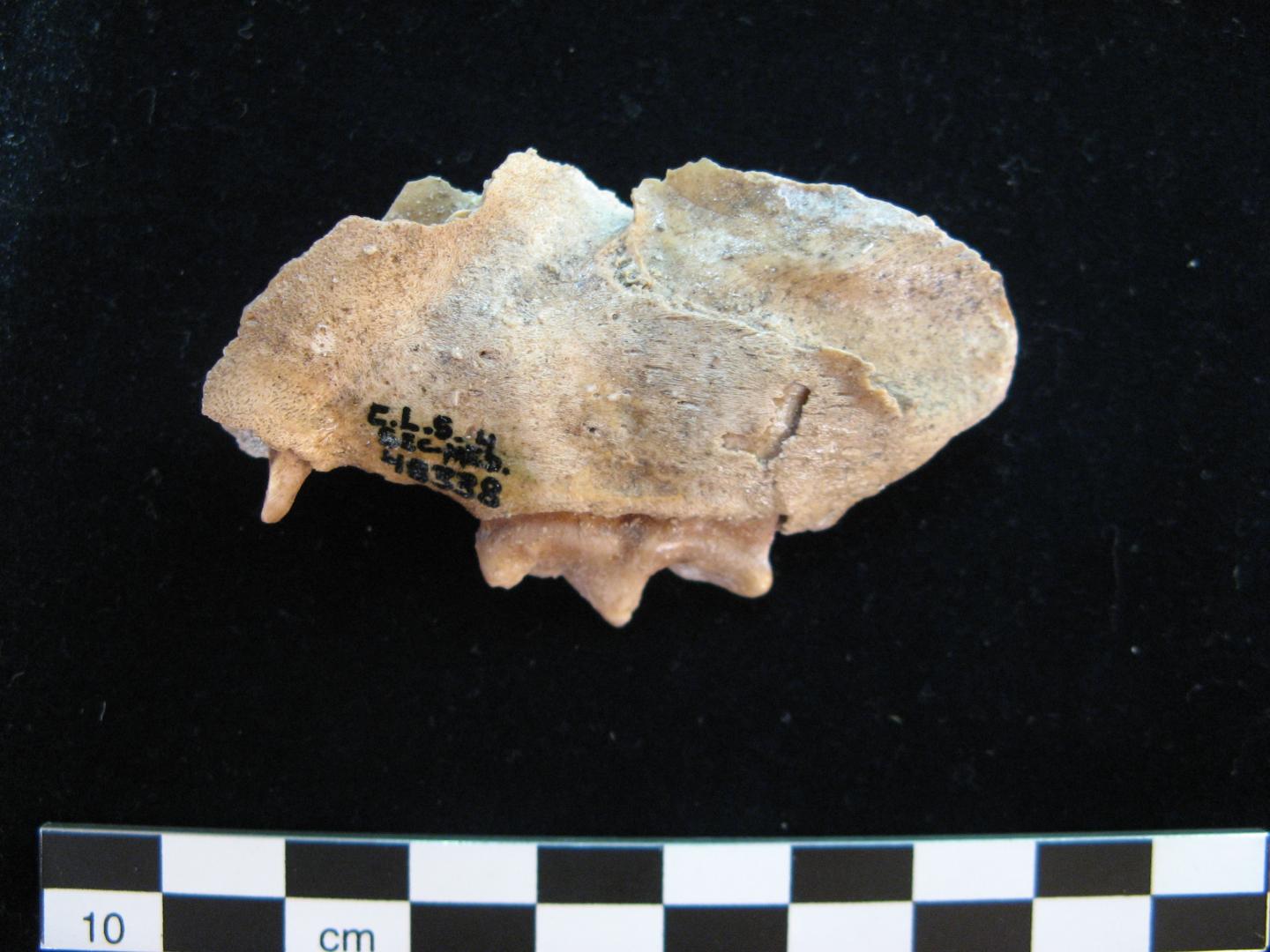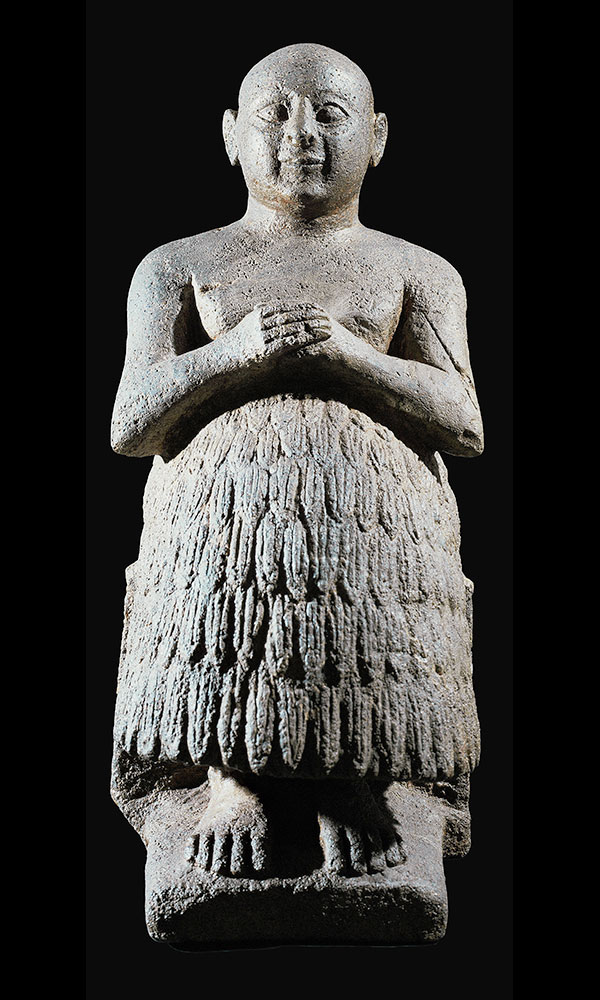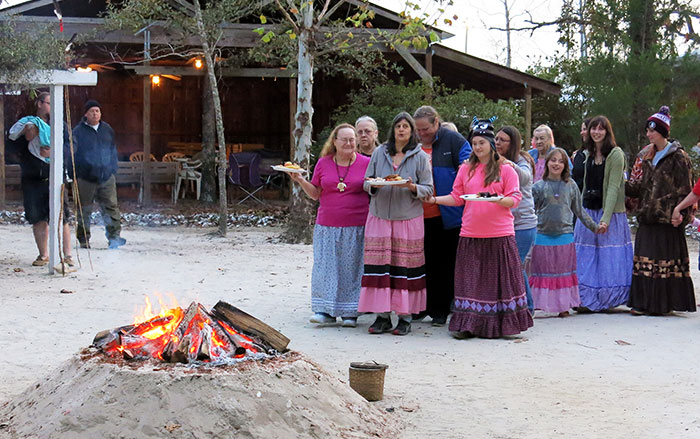
ADELAIDE, AUSTRALIA—Humans and megafauna coexisted in South America for at least 1,000 years and for perhaps as long as 3,000 years before the animals went extinct, according to a new study led by Alan Cooper of the University of Adelaide. Humans were living at the archaeological site at Monte Verde, located at the edge of Patagonia, some 14,600 years ago. It had been thought that as these hunters moved into North and South America, they killed off large animal populations. Cooper and an international team of scientists carbon-dated animal bones from caves across southern South America, and studied their DNA. They found that the megafauna all died out within a 300-year period around 12,300 years ago, a time when the climate was warming rapidly after a long cold period. Cooper says that the change in climate would have changed the vegetation in the region, producing more rainfall and forests. Only the ancestors of llama and alpaca survived the combination of habitat destruction and human hunting. “We might expect the same processes to be happening again,” he told ABC News Australia. For more, go to "America, in the Beginning."











